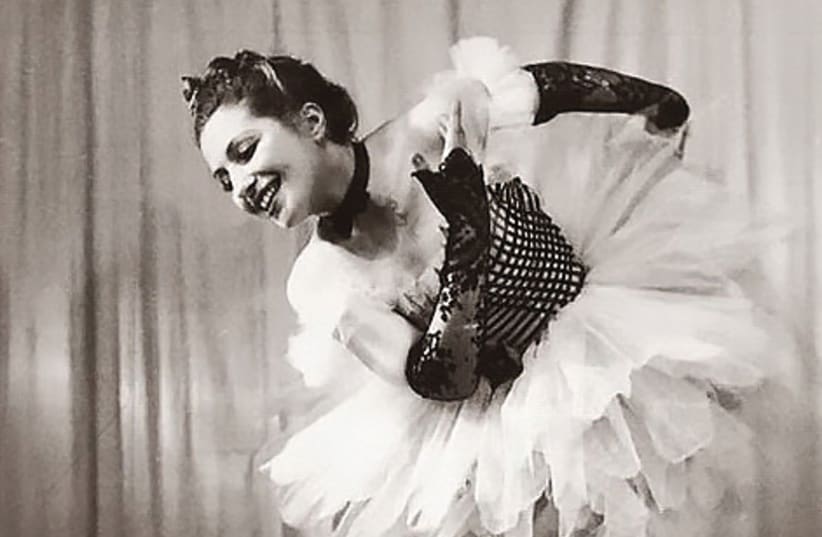Jerusalem Ballet artistic director Nadya Timofeyeva premiered her latest creation, Memento, on September 1, the
80th anniversary of the Nazi invasion of Poland. The ballet tells the story of Polish Jewish dancer Franceska Mann, who managed to gun down Nazi officer Josef Schillinger, and possibly wound another, minutes before she and her family were about to enter the gas chamber at the Auschwitz-Birkenau extermination camp. Following the short revolt, she and others were immediately gunned down.
Timofeyeva followed the basic outdated traditional form of story ballet. This enabled her to tell a detailed, unequivocal story with many theatrical elements, and without narrative undercurrents, which can layer the leading story, allowing room for loosely connected dance styles. A lot of such focused attention was invested in the production, which resulted in a number of very well-directed scenes.
The two leading dancers were the veteran dancer Maria Selector as Franceska, and Avi Lerner as the Nazi officer. Both managed to build multifaceted characters – in the Russian ballet tradition – that pulled the entire ballet’s performance forward.
The rest of the cast included some decent dancers and quite a few less-experienced or less-trained ones, yet each was given specific character traits, which allowed them to give their utmost, and truly contribute to the plot by providing much detailed work to the process.
Yet, independent of the intricacies of ballet, just the thought of pretty, tip-toeing elegant dancers and a group of Nazi soldiers in uniform, wearing red arm bands with swastikas on them, leaves a stale and bitter taste. The more that specific and realistic details are added, the more quickly the chance to maintain artistic credibility fades.
The Holocaust is a sore spot, to say the least, a fresh stab in the heart for most of us. Some have found ways to deal with the horror through various art forms, whether in literature, theater, music or fine arts. However, the Holocaust always demands the utmost sensitivity and ingenuity, especially to convey actions through a measure of abstraction.
The production’s manipulation of emotions through the sounds of sirens, explosions, Hitler speaking on the radio, simulations of the German anthem or “Hatikva” didn’t go over well, and reduced the ballet’s entertainment aspect, occasionally to the level of kitsch. The awkwardness of such uncomfortable moments could have been avoided with a bit more attention to subtlety, and would have been better served with a bit more finesse.
